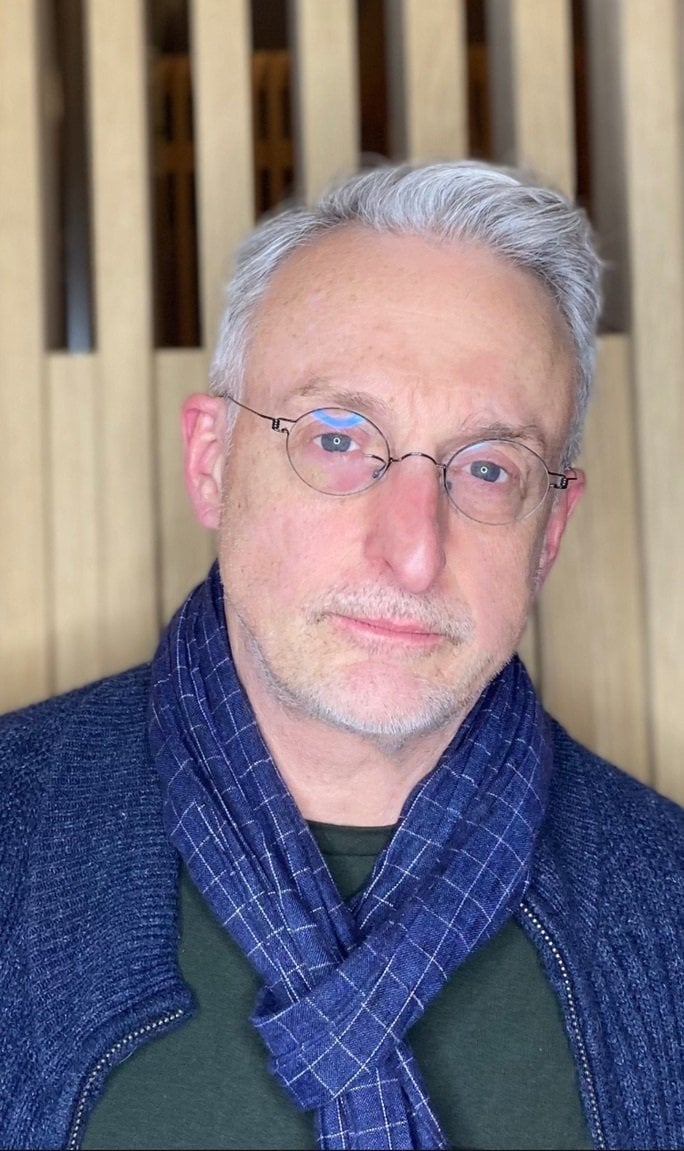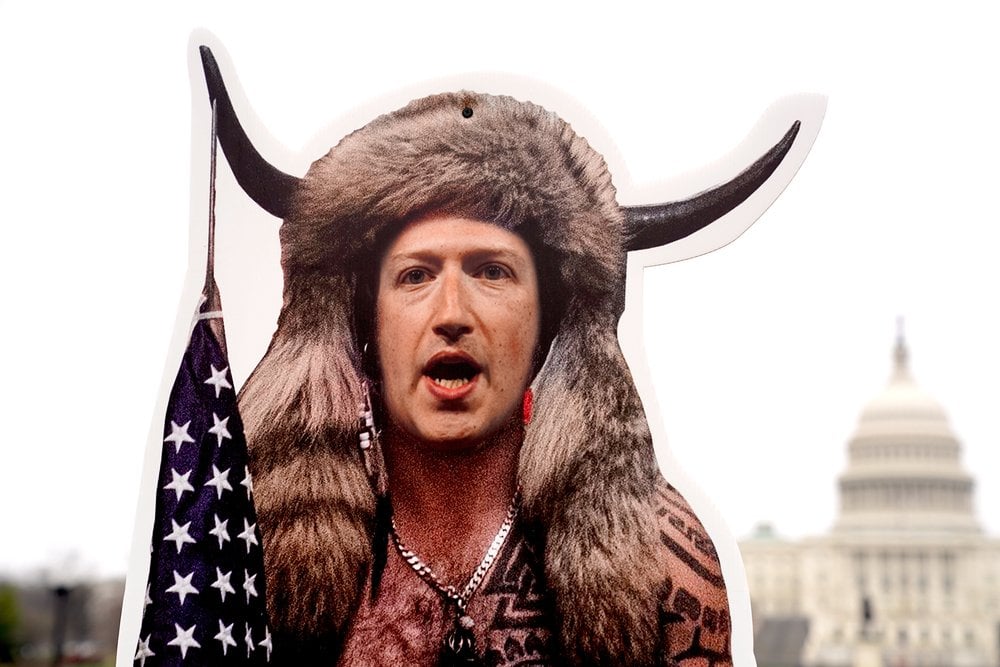 In the waning days of Bloomberg’s New York, I threaded my way past multiple checkpoints and up a private elevator in Police headquarters to visit Ray Kelly, who leaves office December 31 along with the mayor. I wanted to understand how he’d used tech during his 12 years as Commissioner of Police, during which city crime dropped 40%.
In the waning days of Bloomberg’s New York, I threaded my way past multiple checkpoints and up a private elevator in Police headquarters to visit Ray Kelly, who leaves office December 31 along with the mayor. I wanted to understand how he’d used tech during his 12 years as Commissioner of Police, during which city crime dropped 40%.
“When the administration came in, this department was the world’s largest user of carbon paper and whiteout,” is the first thing Kelly said. His apocryphal claim foreshadowed the rest of the interview. Things have changed a lot since then. “Police work is becoming technology work,” he says. His goal throughout his time in office has been, as he puts it, “to get more realtime information in the hands of officers on the street.”
The “command room” where we met is surrounded with screens of various sorts. A huge police badge looms on the wall. “When we started there were a lot of little IT projects, not fully formed,” Kelly continues. “So I commissioned an assessment from Deloitte & Touche and IBM. I asked Lou Gerstner for an IT person, and he recommended Jim Onalfo, who had been head of IT and Kraft and Stanley Tool. He’s still with us, as deputy commissioner of information technology.”
Kelly and Onalfo looked at companies like Fedex as models. That helped lead to the idea of a “real time crime center,” begun in 2005 and now a major part of Police operations. It is, as Kelly describes it, “a data warehouse with as much information as possible.” “Up until that time you would go into a precinct and try to get on a computer, but if somebody else was using it you had to wait. It was a very old, slow process,” he says. “Now, if we have a dead body we want to get information into the hands of the detectives quickly.” The Real Time Crime Center contains, for example, ten years of 911 call history, by location. It also has a “tattoo database,” which has led to multiple arrests. Criminals apparently don’t stop to think, at the tattoo parlor, that they might be making themselves easier to identify in future. Kelly admits there is still a long way to go to get sufficient computers and tablets into the field with officers and detectives.
Another major systems integration project, with its own gigantic display on the digital walls of the command room, is the so-called “Domain Awareness” project, developed in conjunction with Microsoft. It started as a technologized response to the increased risk of terrorism after 9/11. The initial goal was “to make the 1.7 square miles south of Canal Street the safest business place in the world,” says Kelly. The department installed many cameras, and then integrated more controlled by the MTA, Port Authority, large financial institutions, and others. All the cameras now provide real-time feeds that officers can call up instantly. “If I want to see somebody with a red shirt who walked in front of a given camera in the last two weeks I can put in an algorithm and find that,” Kelly says. Now, Domain Awareness has expanded all over the city.
“The first thing we want cops to do when a crime takes place is look for a camera,” continues Kelly. “I like cameras. The more cameras there are, the more crime will be deterred.” He says surveys consistently show that 80% of people approve of camera surveillance in public places. Before the system was installed, Kelly sent researchers to cities around the world with widespread surveillance, to learn best practices. “The system we have now is different than any other city’s system,” says Jesse Tisch, a department lawyer who helped set up the system. “It’s a centralized networked camera system, useful not just for post-incident investigation, but for prevention.” Tisch helped develop privacy policies for the system, which call for video to be erased after 30 days unless there is a specific reason to retain it. License plate readers are another big element. “By early next year we will have a reader on every lane of traffic on all entrances and exits from the city,” says Tisch. “We also have mobile license readers on the backs of NYPD vehicles.” Plate data is retained for five years. Then there are radiation detectors. Cops wear them on their belts, and they are in vans, cars, and precinct headquarters, all connected. Now the department is adding chemical sensors to its network as well. “That’s another thing you won’t see anywhere else,” says Tisch.
Kelly still worries about terrorism, despite the extensive security network. “The biggest risk is a dirty bomb,” he says. “We have helicopters with radiation detectors to map sources of radiation. We have little submarines that even go under ships.” Much of the funding came from the federal Department of Homeland Security. “A major concern is a vehicle-borne improvised device,” says Kelly, like the explosive one found and disarmed near Times Square in May 2010. “We’ve had 16 plots against the city since 9/11. They still want to come here,” he says, gravely.
But while terrorism is the super-fear, ordinary crime has also been transformed by tech. “Without a doubt the most stolen things are iPhones,” Kelly explains. In 2002 about 75 Apple products were stolen in the city, he says. Last year the number was 16,000. And Facebook plays a role in crime-fighting as well. While there will be fewer murders this year than in any year for over 50 years, there are still gang killings. “They’re dissing each other on Facebook or Twitter, and we monitor that. They can’t help but brag. We go online and pretend we’re young girls and they can’t help themselves. Eventually we’ll be preventing crimes that way.”
“People don’t realize how much things have changed,” says Kelly. “I recently gave a speech in Kansas City, where they have 38 murders for every 100,000 citizens. Here it’s 4. People take this level of safety for granted. No question, we’re getting complacent.” Now it’s up to another veteran cop, William Bratton, to keep New York City safe after January 1. He’ll find a lot of tech already in place to help.
This story was originally published on LinkedIn.
Ray Kelly’s Tech-Centric War on NY Crime
In the waning days of Bloomberg's New York, I threaded my way past multiple checkpoints and up a private elevator in Police headquarters to visit Ray Kelly, who leaves office December 31 along with the mayor. I wanted to understand how he'd used tech during his 12 years as Commissioner of Police, during which city crime dropped 40%. "When the administration came in, this department was the world's largest user of carbon paper and whiteout," is the first thing Kelly said. His apocryphal claim foreshadowed the rest of the interview.















